A credit card grace period is the window of time during which you can pay back what you charged without incurring credit card interest fees. Your grace period ends on the same day your payment is due.
This grace period can last anywhere from 21 to 25 days. There are, of course, a few details and caveats to be aware of so you don't get dinged by your credit card provider.
We’ll walk you through the ins and outs of the grace period so you can make smart decisions about your credit card payments.
Key Takeaways
- Credit card grace periods give you 21 to 25 days to repay what you charged without incurring interest charges.
- Grace periods don’t apply to cash advances, balance transfers, or credit card cheques.
- Missing your payment due date may result in interest charges, late fees, and the loss of your credit card grace period.
- You can regain your grace period by paying your card’s full statement balance as soon as possible.
Never miss an amazing deal again + get our bonus 250+ page eBook for FREE. Join 50,000 other Canadians who receive our weekly newsletter – learn more.
How does a credit card grace period work?
A credit card grace period is how much time you have to repay the money you borrowed from the bank before you’re charged interest. The last day of your grace period is also your payment due date.
The type of credit card interest referred to in the term "interest-free grace period" is purchase interest, which averages approximately 20% in Canada. In other words, grace periods only apply to new purchases, not balance transfers, cash advances, or balances carried over from previous months.
The most important thing you need to know about calculating interest charges is that interest adds up fast. It’s the number one reason cardholders sink into credit card debt.
It really pays to know how long your credit card grace period is and how to take advantage of it.
How long is a credit card grace period?
A credit card grace period begins the day after your current billing period ends, also known as the statement closing date. It lasts at least 21 days, but some run as long as 25, so make sure to check your card’s terms and conditions for the exact length.
- Let’s say your credit card’s billing cycle begins on September 1st and lasts until September 31st.
- Your grace period begins on October 1st.
- Assuming your credit card’s grace period lasts 21 days, you have until October 21st to repay the balance you accrued during the month of September. This is known as your payment due date.
- October 22nd marks the day your grace period ends and your credit card issuer begins to charge interest.
If you want to calculate how long you have to repay a purchase, the formula is:
Days remaining in current billing cycle + grace period = payment due date
What happens if you don’t pay the full balance each month?
There are four major consequences for missing your credit card statement’s payment due date:
- You’ll be charged interest. Purchase interest is applied from the date of the original purchase to the current day. If you bought a coffeemaker 26 days ago but missed your payment due date yesterday, you’d be charged 27 days’ worth of interest.
- You’ll lose your grace period. To benefit from an interest-free grace period, your account must be in good standing with no balances carried from previous months. Without a grace period, your issuer will charge interest on every purchase the very day you make it.
- You may be charged late fees and higher interest rates. Banks generally trigger penalty interest rates if you miss several payments in a row. They can be as high as 30%.
- Your credit score could drop. Credit card issuers generally report any payments overdue by 30 days or more, which can damage your credit score in Canada.
It’s best to make a minimum payment on your credit card even if you can’t pay off the full balance. This keeps your account in good standing while you work to pay off the full amount and regain your grace period.
5 ways to make the most out of your grace period
- Pay off your statement balance within your credit card’s grace period and before the payment due date to avoid paying interest charges.
- Repay balance transfers, cash advances, and credit card cheques as soon as possible to minimize interest charges.
- Time large purchases at the beginning of your credit card’s billing cycle to give yourself the maximum amount of time to pay them off.
- If you lose your grace period, consider switching to another credit card, using a debit card, or paying in cash to minimize interest charges. If you have to use the same card, pay off your purchases as soon as possible.
- Consider a low-interest credit card if you’re worried about missing payments.
FAQs
Do credit cards have a 10-day grace period?
No, it's usually much longer than this. Credit card issuers are required to give at least a 21-day grace period, but they can offer more. It would be against the law to only give cardholders a 10-day grace period.
Does a 7 day late payment affect credit score in Canada?
No, being seven days late doesn’t usually affect your credit score. This is because most card issuers only report late payments to the credit bureaus once the user is more than 30 late with their monthly payment.
What happens if I'm 1 day late on my credit card?
Yes, you could be hit with a late fee even if you’re only one day late, making it very important to make at least the minimum payment on time. Setting up automatic payments can really help you avoid late payments.
Can I pay my credit card a week late?
Yes, but expect a late fee and interest charges on your purchases. Of course, circumstances sometimes make it unavoidable, but it's best to submit your credit card payment by the due date or as soon as possible.
creditcardGenius is the only tool that compares 126+ features of 231 Canadian credit cards using math-based ratings and rankings that respond to your needs, instantly. Take our quiz and see which of Canada's 231 cards is for you.



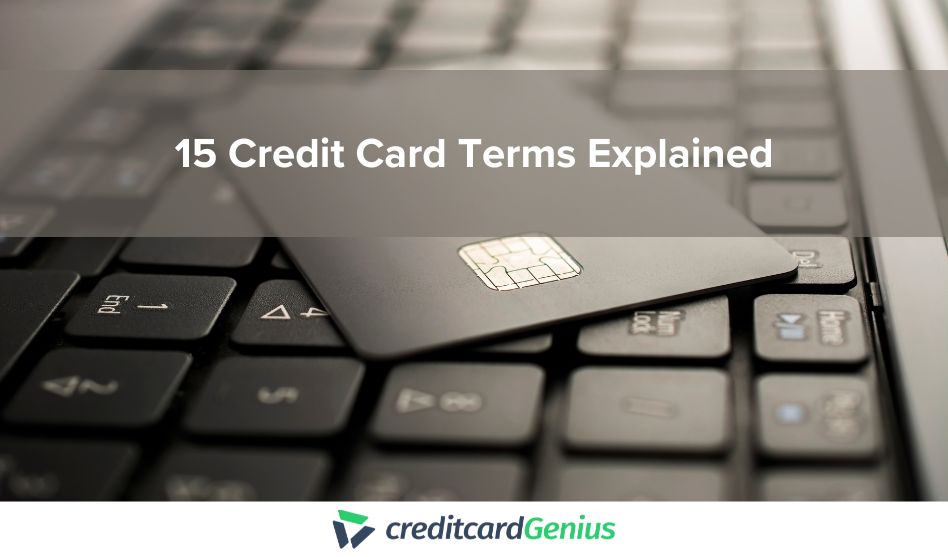

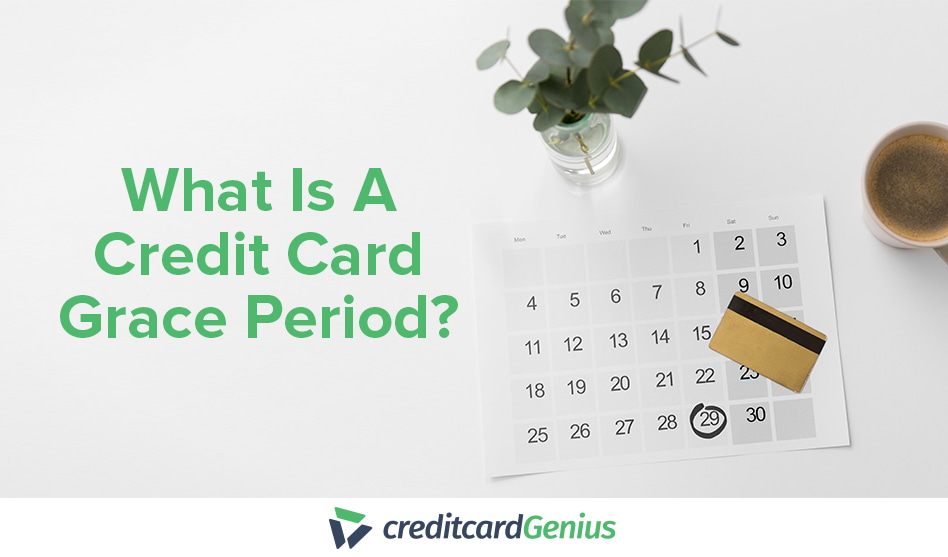
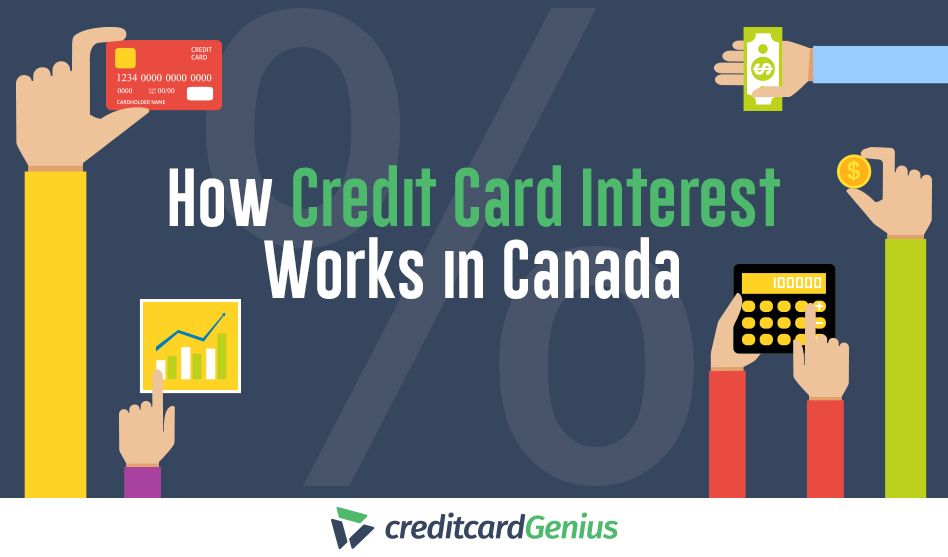


 GC:
GC: 
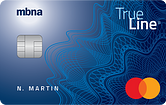
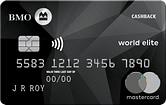
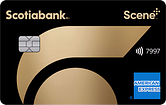

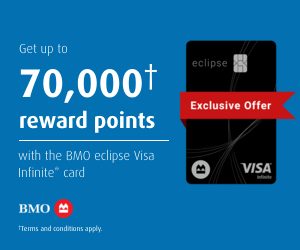






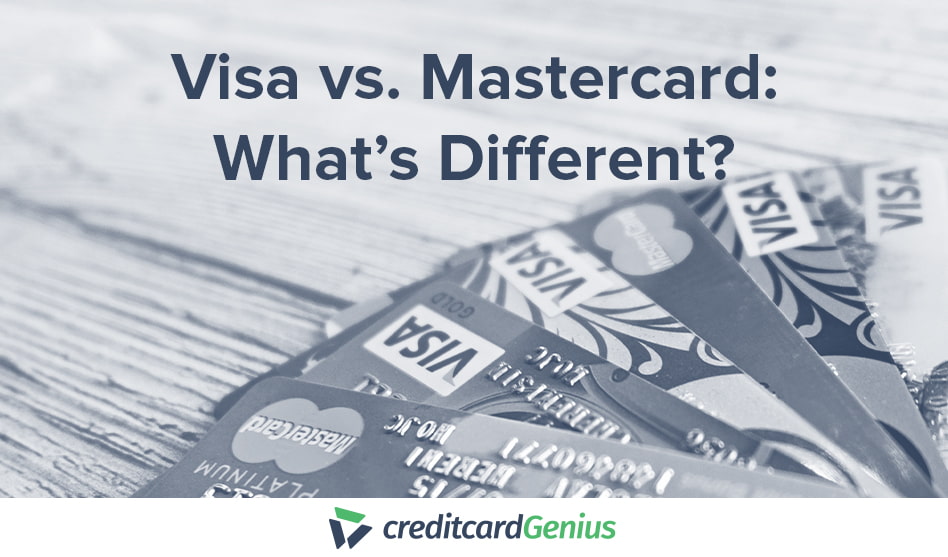

.png)





















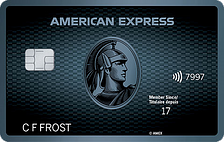
 $100 GeniusCash + Earn up to 15,000 Welcome Bonus Membership Rewards® Points.*
$100 GeniusCash + Earn up to 15,000 Welcome Bonus Membership Rewards® Points.*
Comments
Leave a comment
Required fields are marked with *. Your email address will not be published.